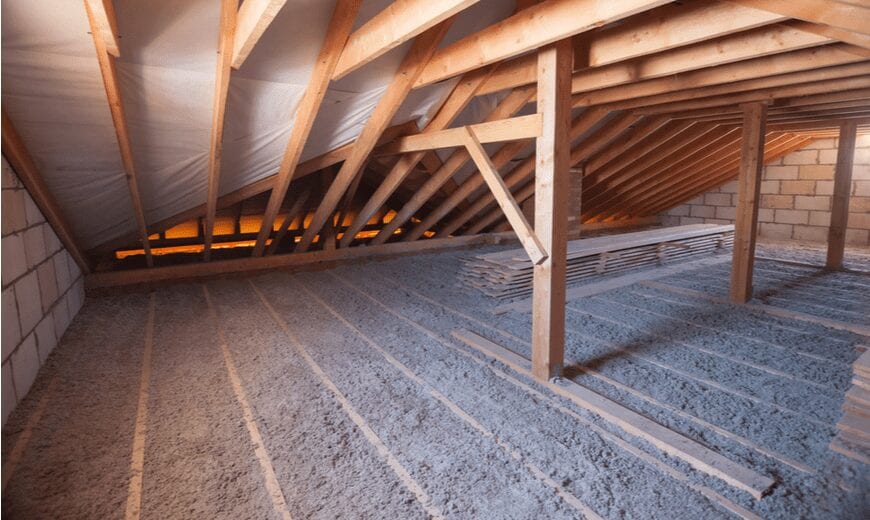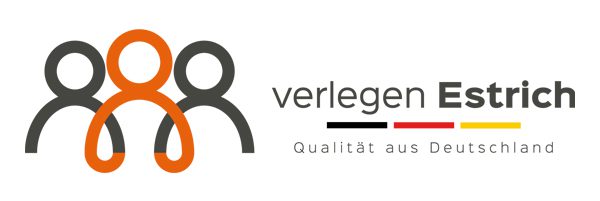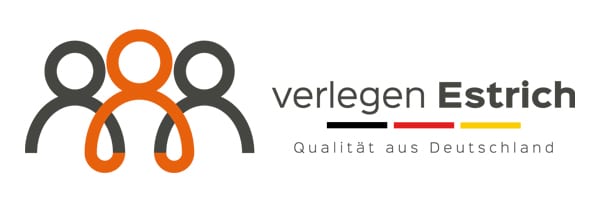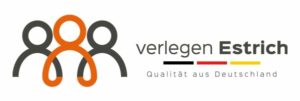Insulation fill
Services
Locations
Heat and sound insulation with insulating fill material
As levelling fill under the screed, for levelling during renovations or as sound and heat insulation in your new building - fill insulation materials are used wherever insulation boards and rolls give up. Quickly and without waste, we as a screed company ensure your efficient thermal insulation, effective impact sound insulation and even level compensation.
Insulation fill with loose or bonded scattering bodies
Insulation boards are suitable for rapid installation on flat walls, ceilings and floors. Insulating fillers, on the other hand, are ideal for difficult geometries. They are a small-grained grit that is spread by hand or blown in by machine. The loose grains self-distribute around any obstructions, creating an even and efficient thermal barrier. Depending on the application, we as screed layers use different grain sizes or a conglomerate of different materials.
Loose insulation fills remain loose even after installation. They are therefore popular for insulating attics or in restraint systems on walls. The scattering bodies in bound fills, on the other hand, are coated with a binder which hardens when water is added, thus creating a stable insulating structure. Epoxy resin or cement are primarily used as binders.

Popular insulation fills
The choice of bulkable insulation materials is huge. There is an optimal solution for every heat and sound insulation, also for the compensation of unevenness. Join us to learn about some of the most popular materials used in raw or refined form.
Perlites are small, white balls of naturally occurring volcanic rock. Short-term heating above 1000 °C causes raw perlite to expand many times over, resulting in expanded perlite with a thermal conductivity of 0.040 to 0.070 W/(m K).
Expanded glass granulate uses waste glass cullet, which expands when heated with binding and expanding agents to form a popular insulating material with a thermal conductivity of 0.06 to 0.70 W/(m-K).
Foam glass granules are pebble-sized, angular fragments of foam glass sheets. The material from Altlas is heated and cooled in a controlled manner to produce a low thermal conductivity of 0.07 to 0.09 W/(m K) with the enclosed air.
Expanded polystyrene (EPS) are lightweight foam beads made from petroleum and foamed with steam. The material known under the brand name "Styropor" is inexpensive and has a thermal conductivity of 0.035-0.040 W/(m K).
With clay dry fill, wood-clay mixtures, expanded glass-clay mixtures, hemp mixtures, bituminized hemp chips, spelt husks as well as aerogel granulates, ecologically oriented builders will find efficient building materials for environmentally friendly insulation.
Advantages of insulation fill
A great advantage of the insulation fill is that it can be used as a leveling fill for your screed. It creates the necessary level compensation, which is otherwise carried out by a screed layer in time-consuming detail work. In addition, the bulk material penetrates into hidden cavities and nestles tightly against existing lines and pipes.
The benefits of insulation fill are also evident during processing, as we save a lot of time without cutting to size and there is no waste due to offcuts. You save the environment and only buy as much material as you really need. The filler also allows a variable insulation thickness, depending solely on your intended use. We are happy to put our experience as a screed company at your disposal.
Wide variety of materials
The choice of organic, inorganic and synthetic insulation materials for insulation for pouring or blowing in is huge. However, most users base their choice on three characteristics:
- the thermal conductivity
- the building material class
- the material chemistry
The smaller the value for thermal conductivity, the better the material protects against heat loss. The building material class according to DIN 4102-1 provides information on the fire behavior and ranges from A1 (non-combustible) to B3 (highly flammable). For ecological considerations, material chemistry plays a role. Be careful, however: an organic insulating material is not always more environmentally friendly than an inorganic or synthetic one. We would be happy to help you with our expertise so that you make the right decision.
Safety from the experts
As a screed company, we have a lot of experience in implementing the leveling fill for your screed in such a way that an even level is created that is free of thermal bridges and voids. With optimized tools and professional expertise, we work quickly and cleanly so that you can benefit from your new thermal and impact sound insulation as soon as possible.
We will be happy to advise you on your options for using the insulation fill for subsequent core insulation in double-shell masonry, as insulation between your ceiling joists or for renovations. We know most of the insulation materials on the market and can help you make the right choice for your building project. Get in touch today and you'll soon be enjoying your comfortably warm insulated home.


